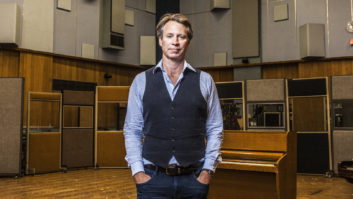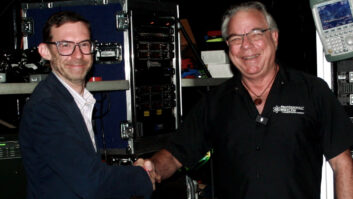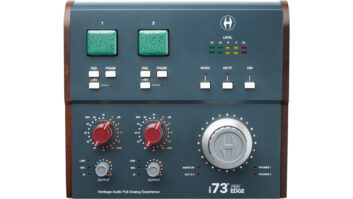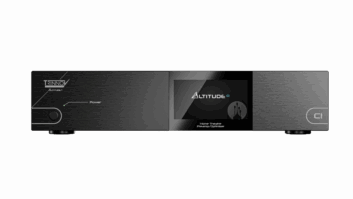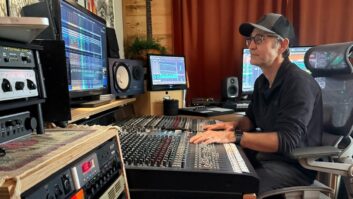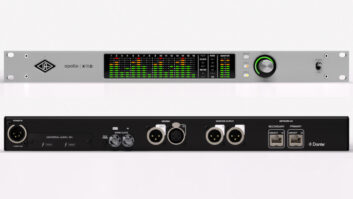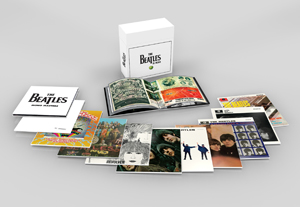
While Beatles fans were treated two years ago to the group’s catalog on vinyl in stereo, many have also been waiting for the original mono LPs, which arrived in stores September 9. But unlike their predecessors, which were cut from the 2009 digital remasters, The Beatles Mono Masters were cut from the original analog master mono tapes.
Abbey Road Studios cutting engineer Sean Magee used not only the original tapes, which were played back using a true mono playback head on a Studer A80 tape machine; he also cut the lacquers working from original mastering engineer Harry Moss’s EQ notes on a Neumann VMS 80 lathe.
“His notes were fairly simple,” Magee says of Moss. “Because you’re working in real time, you need to keep adjustments between tracks to an absolute minimum.” Slight variances from Moss’s settings had to be made to account for the differences in Moss’s equipment, which was used in the 1960s.
Magee also had to keep a watchful eye on azimuth adjustment on the playback head: “We found that between tracks on an album side, sometimes the tilt of the head would vary, because the songs had been recorded on different machines on different days,” which would result in losses of high frequencies if not kept in check.
Mastering supervisor Steve Berkowitz notes that naturally-occurring distortion was left intact, further helping to retain the natural sound of a phonograph record from the ’60s. “If you listen to ‘Money,’ for instance, it’s beautifully distorted,” Berkowitz says. “John’s voice is distorted, because he distorts the mic, and it’s probably distorted on tape. The whole thing is distorted. And that’s why it sounds like rock ‘n’ roll.”
Read more about The Beatles Mono Masters and watch a video about the project on The Beatles’ Website.
Matt Hurwitz is a Mix contributing editor.


